Growth in HVAC Applications
The Industrial Fans And Blowers Market is poised for growth due to the increasing applications of heating, ventilation, and air conditioning (HVAC) systems across various sectors. The HVAC market is projected to expand at a CAGR of around 5% in the coming years, driven by urbanization and the rising need for climate control solutions. Industrial fans and blowers are integral components of HVAC systems, facilitating air circulation and temperature regulation. As industries invest in modernizing their HVAC infrastructure, the demand for high-performance fans and blowers is expected to rise. This trend is particularly evident in sectors such as pharmaceuticals, food processing, and data centers, where precise environmental control is critical. Consequently, the Industrial Fans And Blowers Market is likely to benefit from this upward momentum, as businesses prioritize energy efficiency and operational effectiveness.
Increased Focus on Energy Efficiency
The Industrial Fans And Blowers Market is increasingly driven by a focus on energy efficiency, as industries seek to reduce operational costs and minimize environmental impact. In 2025, energy-efficient fan systems are projected to account for a significant share of the market, driven by rising energy prices and regulatory incentives. Companies are investing in high-efficiency fans and blowers that not only lower energy consumption but also enhance overall system performance. This trend is particularly pronounced in sectors such as manufacturing, where energy costs constitute a substantial portion of operational expenses. As businesses prioritize sustainability and cost-effectiveness, the demand for energy-efficient solutions within the Industrial Fans And Blowers Market is likely to grow. This shift towards efficiency not only benefits the bottom line but also aligns with broader environmental goals.
Rising Demand in Manufacturing Sector
The Industrial Fans And Blowers Market is experiencing a notable surge in demand, primarily driven by the expansion of the manufacturing sector. As industries ramp up production capabilities, the need for efficient ventilation and cooling systems becomes paramount. In 2025, the manufacturing sector is projected to grow at a compound annual growth rate (CAGR) of approximately 4.5%, which directly correlates with the increased utilization of industrial fans and blowers. These systems are essential for maintaining optimal working conditions, ensuring equipment longevity, and enhancing overall productivity. Furthermore, the integration of advanced technologies in manufacturing processes necessitates robust air management solutions, thereby propelling the Industrial Fans And Blowers Market forward. This trend indicates a sustained growth trajectory, as manufacturers prioritize operational efficiency and worker safety.
Technological Innovations in Fan Design
The Industrial Fans And Blowers Market is witnessing a wave of technological innovations that are reshaping fan design and functionality. Advances in materials science and engineering have led to the development of lightweight, durable, and energy-efficient fans. In 2025, it is anticipated that the market for smart fans, equipped with IoT capabilities, will expand significantly, allowing for real-time monitoring and control. These innovations not only enhance performance but also contribute to energy savings, aligning with the growing emphasis on sustainability. As industries seek to optimize their operations, the adoption of technologically advanced fans and blowers is likely to accelerate. This trend indicates a shift towards more intelligent and adaptive air management solutions, positioning the Industrial Fans And Blowers Market for sustained growth in the coming years.
Regulatory Compliance and Safety Standards
The Industrial Fans And Blowers Market is significantly influenced by stringent regulatory compliance and safety standards across various sectors. Governments and regulatory bodies are increasingly mandating the implementation of effective ventilation systems to ensure workplace safety and environmental protection. In 2025, it is estimated that compliance-related expenditures in industrial sectors will rise, leading to a heightened demand for reliable fans and blowers. These systems play a crucial role in mitigating risks associated with airborne contaminants and maintaining air quality standards. As industries strive to adhere to these regulations, the Industrial Fans And Blowers Market is likely to witness a robust growth trajectory. This compliance-driven demand not only enhances safety but also fosters innovation in fan and blower technologies, further enriching the market landscape.


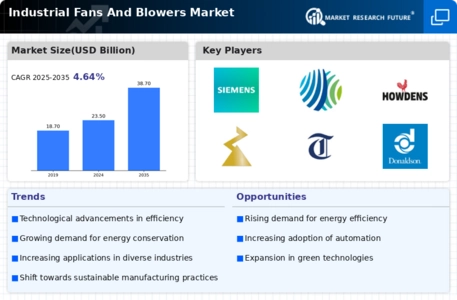
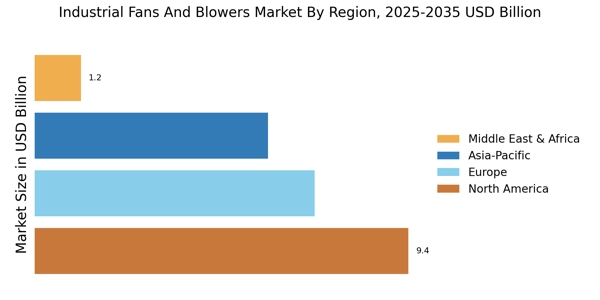
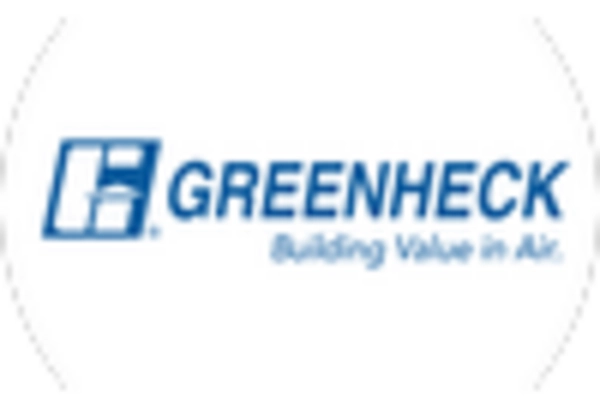

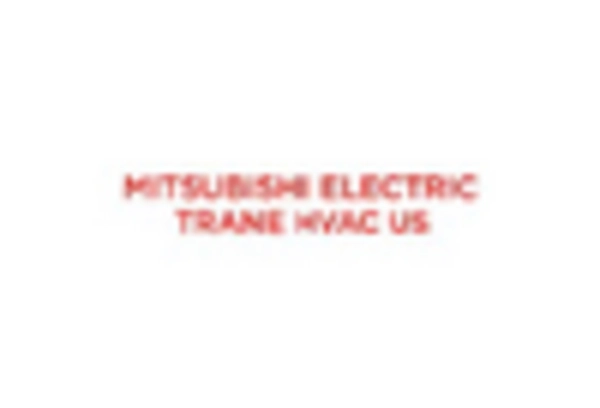

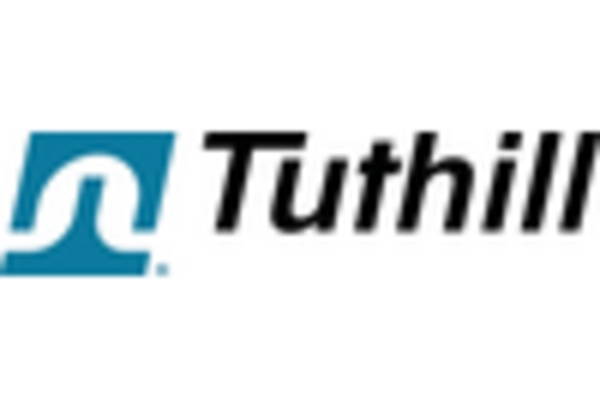









Leave a Comment